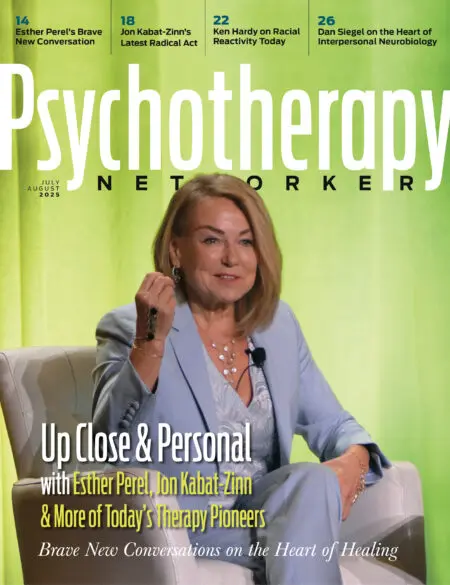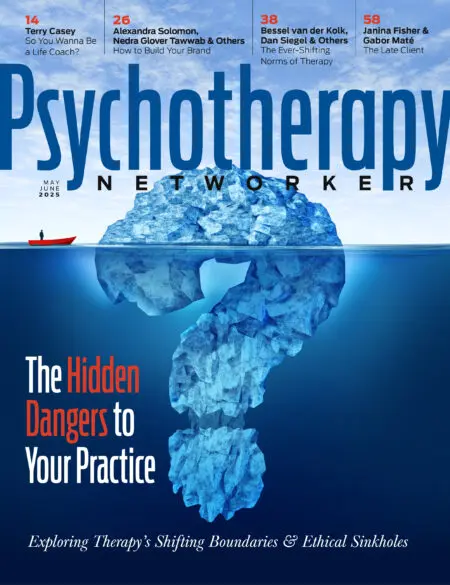For most providers, an evaluation or therapeutic relationship starts with a diagnostic interview, also known as an intake. Although there are standard questions and components of a diagnostic or intake interview, each provider has their own style and the freedom to structure these appointments in the way that works best for them.
There is no one way to conduct a diagnostic interview that is inherently superior to all others. Providers will be most effective when leaning into the approach that plays to their strengths, and clients will have different needs and preferences when it comes to engaging. We need providers with all different styles in order to fit each client’s needs. However, there are some approaches to these interviews that can be harmful, especially to neurodivergent clients.
Below are some general tips for what not to do in a neurodiversity-affirming intake appointment:
1. Assume dishonesty. Unfortunately, many providers approach evaluations assuming that a client is going to exaggerate their symptoms and difficulties or try to deceive the provider. You cannot effectively build rapport with a client if you come from an assumption that they are lying to you.
2. Assume unmasking. Masking, by definition, causes a client to present in a way that shows few neurodivergent traits. This means that a provider might not directly witness some of the traits a client experiences, and it may appear that they are not demonstrating experiences they describe in the session. Remember that masking is often an adaptive behavior developed in response to being penalized for authenticity! You cannot assume that a client will feel comfortable unmasking the first time they meet you, or that they have even begun the process of learning how to unmask.
3. Try to trigger behaviors. Sometimes, a provider will want to directly observe certain behaviors that a client is not showing in the intake session and might attempt to bring out that behavior. Clients have shared stories of evaluators attempting to induce a meltdown during an intake in order to see what the client is like in this moment. It is inappropriate and unethical to deliberately cause a client severe distress, especially in a first session when you likely do not have the rapport established to support the client in de-escalating. No, you do not need to see the behavior to believe the client’s experience.
4. Argue with the client about their experience. Similar to assuming a client is being dishonest, many providers come from the assumption that the client might be trying to tell the truth but has fundamentally misunderstood their experience. Clients rarely develop trust in response to arguments with and invalidation of their description of their experience.
Conversely, some general tips for making diagnostic interviews affirming:
1. Understand the power dynamic. Although a neurodiversity-affirming provider approaches mental health care from a place of equality with the client, acknowledging that they are the expert on their own experience, there is an inherent power dynamic to any appointment. The provider has the power to diagnose, deny a diagnosis, or misdiagnose. They can modify the client’s medical record to reflect their perception of the visit, impacting the individual’s future access to care. By acknowledging and understanding this power dynamic, providers can avoid harm to the client due to our position.
2. Follow the client’s lead. As clients are the experts on their personal life experience, following their lead in an intake can result in gathering robust and extensive information. This additionally builds rapport, making the client more likely to unmask and show their authentic self in the appointment.
3. Be transparent. Clearly explain to the client what your role is. If you are a therapist who cannot diagnose certain neurodivergences, let the client know that. If you are conducting a diagnostic evaluation, detail your diagnostic process. Encourage questions and answer as comprehensively as you are able.
4. Prioritize emotional safety. Clients who have had harmful experiences with other providers might have increased difficulty trusting new providers. Be patient, and make efforts to create an emotionally safe place for the client to open up to you.
5. Collaborate. Remember, the provider is the expert on the mental health field, and the client is the expert on their unique personal experience. When we approach intakes from a place of collaboration, we are likely to get better information about the client, their needs, and their experience.
***
Reprinted from Neurodiversity-Affirming Therapy: What Every Mental Health Provider Needs to Know Copyright © 2025 by Amy Marschall. Used with permission of the publisher, Norton Professional Books, a division of W. W. Norton & Company, Inc. All rights reserved.
Amy Marschall
Amy Marschall, PhD, owns a private practice in Sioux Falls, South Dakota, where she provides services to children and adolescents. Her clinical specializations include trauma-informed care, neurodiversity-affirming care, rural mental health, and telemental health. She’s the author of Neurodiversity-Affirming Therapy: What Every Mental Health Provider Needs to Know.













